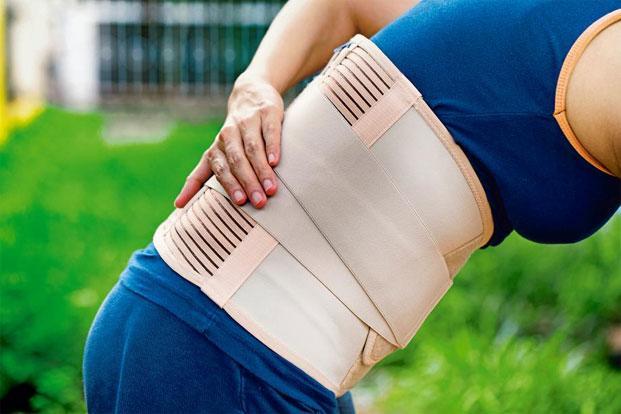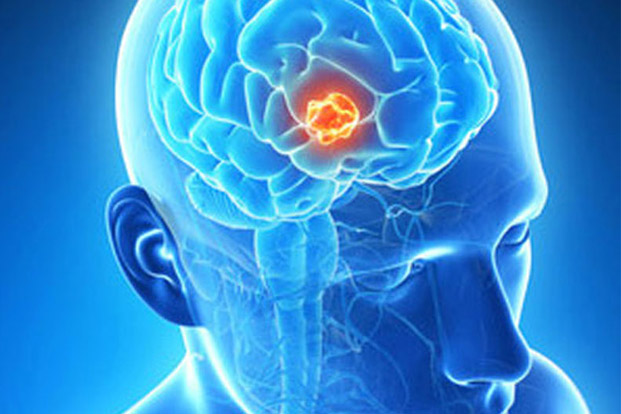Categories
- Bariatric Surgery (11)
- Black Fungus (5)
- Bone Marrow transplant (3)
- Brain Tumor Surgery Navigation Technology (20)
- Cardiac Surgery (66)
- Cardiology (97)
- Computer navigation technology for joint replacements (20)
- Covid Vaccination (17)
- Critical Care (2)
- Dental (19)
- Dermatology (31)
- Dialysis Support Group - “UTSAAH” (11)
- Dietitian (33)
- Emergency Medicine (4)
- Emotional Health (11)
- Endocrinology (33)
- ENT (20)
- Gastroenterology and GI Surgery (53)
- General and Laparoscopic Surgery (21)
- General Surgery (4)
- Gynecology & Obstetrics (183)
- Hematology (20)
- Internal Medicine (294)
- Kidney Transplant (50)
- Kidney Transplantation (20)
- Lung Cancer (8)
- Minimal Invasive Surgery (1)
- Mother & Child (20)
- mucormycosis (5)
- Nephrology (61)
- Neurology (147)
- Neurosurgery (68)
- Nutrition and Dietetics (107)
- Omicron Variant (1)
- Oncology (288)
- Ophthalmology (10)
- Orthopaedics & Joint Replacement (86)
- Paediatrics (59)
- Pediatric Nephrology (3)
- Physiotherapy (5)
- Plastic & Reconstructive Surgery (6)
- Psychiatry and Psychology (90)
- Psychologist (28)
- Pulmonology (72)
- Rheumatology (13)
- Spine Services (21)
- Transradial Angioplasty (16)
- Urology (84)
Query Form
Posted on Apr 19, 2022
Deformity of spine and its diagnosis
Deformity of spine is the abnormality of formation, shape or alignment of our vertebral column.
Alternate names are:
- Spinal deformities
- Curvy spine
- Mis shaped spine
Overview
The human spine is made up of more than 25 small bones known as vertebrae which support our upper part of body. C-spine or cervical spine is the upper part and comprises of 7 vertebrae. It supports our head and neck. The T-spine or thoracic spine comprises of twelve vertebrae linked to our rib cage& support our torso. The L-spine or lumbar spine has 5 large vertebrae which support most of our body’s weight & mass. A sacrum is the base of our spine & in most individuals, it comprises of 2 to 4 partially fused bones that terminate in the coccyx which is usually called the tailbone, within the pelvis.

A normal human spine comprises of gentle curvatures, however, when the curves get exaggerated, extreme or even displaced, they are then considered as deformities. Su deformities are subtle & aren’t detected easily in growing children. Signs of deformity of spine include:-
- Uneven hips
- Uneven shoulders
- Misalignment of head on the midline of our body
- Protruding shoulder blade
Fatigue could be reported along with prolonged sitting or standing.
Associated diagnoses
The diagnosis that are linked to deformities of spine include:-
- Scoliosis
- Spina bifida
- Achondroplasia
- Basal cell nevus syndrome
- Brittle bone disease
- Becker muscular dystrophy
- Duchenne muscular dystrophy
- Fractures
- Compression fracture of the back
- Hunchback
- Hypomelanosis of Ito
- Hypercalcemia
- Osteoporosis
- Meningomyelocele
- Marfan’s syndrome
- Congenital scoliosis
- Rickets
- Degenerative lumbar scoliosis
Diagnosis
Physical test by a doctor is compulsory for determining a spine deformity. The evaluations involve diagnostic test known as Adam’s forward bend test.
Scoliometer may be used for measuring the degree of curvature in our spine. But the result aren’t fully accurate. X-ray is done if deformity of spine is suspected. MRI can also be done when there is a need of further investigation.



